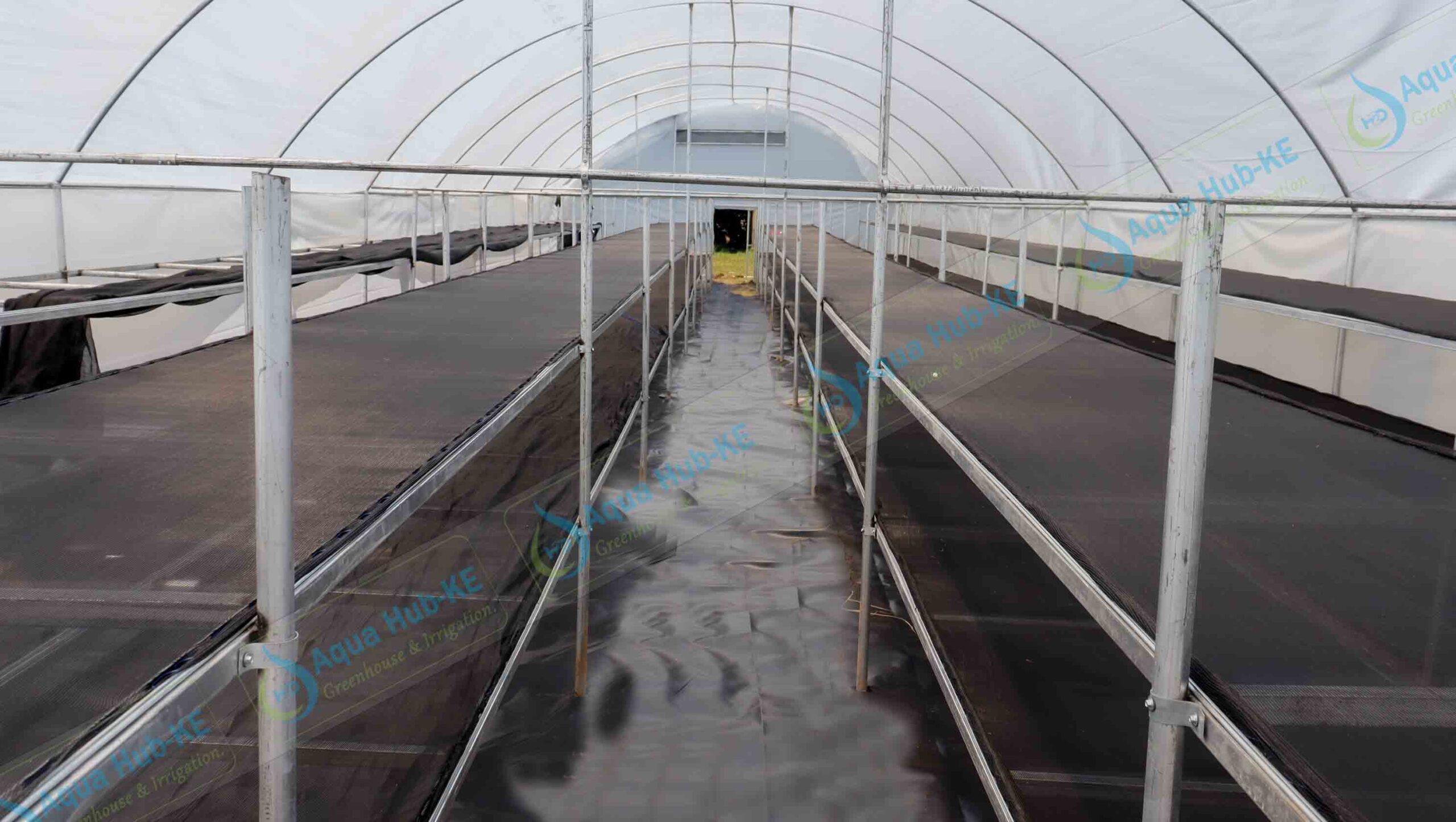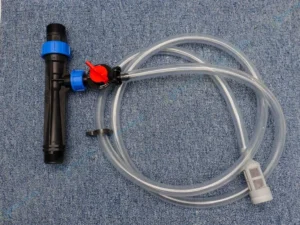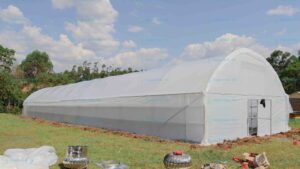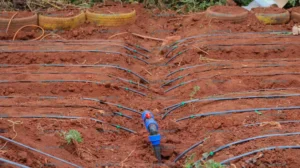One reliable method of preserving vegetables to ensure nutrients are retained and no bacteria for a long time is by drying them. Solar dryers for vegetables reduces moisture content to less than 10% and ensure they remain safe for more than 6 months.
These dryers use solar energy to generate a controlled atmosphere that promotes efficient drying while also reducing energy costs.
Solar Dryers for Vegetables by Aqua Hub
Solar dryers for vegetables are constructed by Aqua Hub LTD, a popular dealer in sustainable agricultural solutions. They construct a wide range of solar dryer sizes with different designs at reliable prices.
Types of Solar Dryers for Vegetables
Solar dryers come in different shapes and sizes. Some are very simple and low-cost, while others are more advanced. Here are the main types:
Simple Solar Dryers
These dryers let sunlight directly onto the vegetables.
- Vegetables are placed inside an enclosed box or cabinet.
- Transparent polythene cover used which allow in sunlight.
- The dryer traps the heat inside and dehydrates the drying substance.
Hybrid Solar Dryers
Hybrid dryers combine solar energy with an alternative heat source (like electricity or biomass) for backup during cloudy days. It comprises of a greenhouse dryer with both direct and indirect drying mechanisms. The use of additional energy sources to boost solar drying makes it very effective for dehydration.
Why dry Vegetables?
Most vegetables, especially leafy greens, contain high moisture content in their leaves. Products also often exceed market demand and because of high water content, they perish quickly if not preserved well. Drying is one reliable method of removing moisture and ensuring they remain best for consumption in future.
Popular Vegetables for Solar Dryers
- Tomatoes – sliced or halved
- Carrots – thinly sliced or grated
- Green beans – cut into pieces
- Spinach, kale, amaranth – blanched leaves
- Onions & garlic – sliced
- Chilies & peppers
- Pumpkin or squash – thin slices
How are Solar Dryers for Vegetables Beneficial?
1. Reduces Post-Harvest Losses
Many farmers lose a large portion of their vegetable harvests due to spoilage. Solar drying allows them to preserve vegetables for later sale or use.
2. Improves Food Security
Dried vegetables can be stored for months or even years, helping communities have food during off-seasons or emergencies.
3. Increases Income
Farmers can sell dried vegetables at a higher price and during off-seasons when fresh produce is not available.
4. Retains Nutritional Value
Solar dryers maintain nutritional content of the vegetables because of optimal drying. Taste is also retained unlike traditional open sun drying which often affects taste.
5. Environmentally Friendly
Solar dryers use no fuel, emit no smoke, and are fully powered by the sun making them an eco-friendly technology.
Materials for Design of Solar Dryers for Vegetables
Galvanized Steel Structure – steel structure fabricated and installed on site to make the skeleton structure.
UV treated polythene – Polythene sheet is used as a primary covering material of the entire solar dryer structure. The polythene sheet has UV resistance property which enables it to last for 5 years without damage. Polythene cover also has anti-drip properties which prevent moisture from setting on the inner part and dripping to the drying substance.
Sand, Cement and Ballast – for constructing a concrete floor. Concrete floors are best to ensure proper drainage, clean floor and strong support to the structure.
Cyclone fans – installed on the roof of the dryer and works by extracting moist or humid air outside the greenhouse solar dryer.
Net – UV treated nets are installed on the air entry and exit points. Also fitted on the drying chamber racks for hot air circulation across the drying product.
Solar panels – to trap solar energy from the sun. Ideal for hybrid solar dryers which incorporate direct sunlight with secondary energy sources.
Inverter – converts DC Power to AC power for powering fans. It can also work as backup energy source for heating the drying chamber during low sunlight periods but will require a radiator.
Black Surface Material – often a dam liner to attract heat which is important for drying products in the solar dryer.
How Solar Dryers for Vegetables Work
Solar dryers dehydrate products through the air density differential. The sunlight entering through the transparent greenhouse polythene heats air in the drying chamber causing dehydration of the drying products. Heat is not lost to the external environment because the polythene material has insulation properties.
The polythene separates the outside air from the products in the drying chamber thus ensuring no moisture gets back to the drying chamber.
Why Solar Dryers Over Cabinet, Electric Dryers
Solar dryers have lower carbon emissions because they rely on solar power to dehydrate products. Unlike cabinet or box dryers that rely on charcoal heat furnaces they don’t release high rates of carbon.
Moreover, greenhouse solar dryers are cost-effective than electric or cabinet dryers. The cost of running them is lower because they only need the sun’s energy and minimal labor or personnel to monitor the products.
How to Dry Vegetables on a Solar Dryer
- Chop or slice the produce into smaller pieces. This increases the surface area for drying
- Place these pieces on the drying trays
- Keep the door closed always to avoid food contamination
- Every drying 3 hours, monitor the moisture content using a moisture meter
Get Quality Solar Dryers in Kenya
Are you looking to dry vegetables, cereals, coffee or any other agricultural products? Aqua Hub Kenya is a reliable solar dryer construction company.
Call 0790719020





